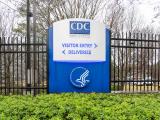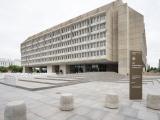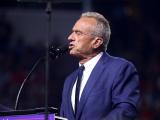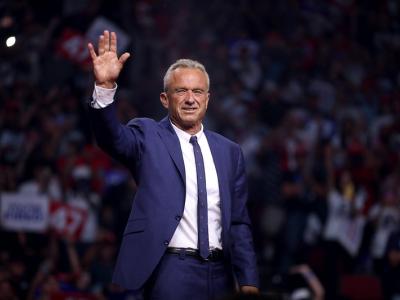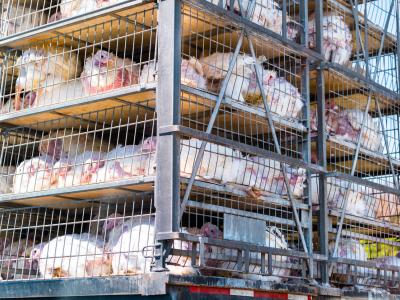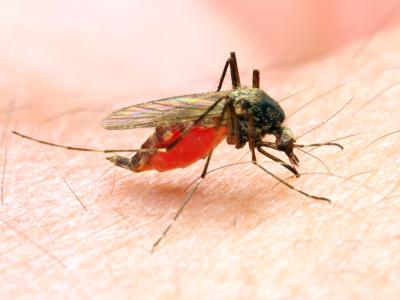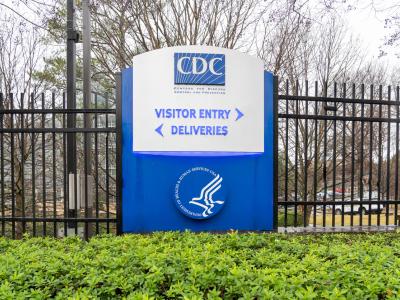Sep 3, 2009 (CIDRAP News) – In advance of the expected pandemic H1N1 vaccination campaign this fall, the US Department of Health and Human Services (HHS) yesterday invited the media to join federal officials in a tabletop exercise to prepare for some possible communications challenges.
About 40 members of the national press took part in the Washington, DC, event, which included some online flu blogs and news services, as well as state and local public health officials. Representatives from several federal agencies participated.
Discussions during the three exercise modules were off the record so that federal officials could freely discuss their responses to potential communications problems.
Forrest Sawyer, a former news anchor with ABC and NBC, moderated the discussion. He said the exercise was designed to "pressure test" the response to communications issues that may arise as the vaccine campaign launches and moves forward.
Yesterday's event was HHS's seventh such pandemic communications tabletop exercise with the media. Past events featured fictional scenarios that revolved around H5N1 influenza. The last one, which was the first to include online media, was held in March 2008.
Before yesterday's exercise began, HHS Secretary Kathleen Sebelius said now that many schools are back in session, parents are starting to ask when the novel H1N1 vaccine will be available.
"Leveling with the public about the need to get the shot is very important," she said, adding that one communications challenge will be explaining baseline rates of health events such as neurological conditions and miscarriage so that the public will have accurate information to assess vaccine safety concerns.
Sebelius said the tabletop exercises have been very useful in the past and, for example, prompted efforts by the Centers for Disease Control and Prevention (CDC) to further train its quarantine staff.
Many of the scenario discussions circled back to safety perceptions after the rollout of the immunization campaign. Other themes touched on the complexity of some of the pandemic flu health messages and how difficult it can be to portray risks.
After the exercise, several federal officials said the exercise was helpful. Jesse Goodman, the Food and Drug Administration's acting chief scientist and deputy commissioner for scientific and medical programs, said, "This reinforces that we can never communicate too much," The challenge is to clearly communicate complex issues, he said.
Bill Hall, news director for HHS, said, "The public wants a simple message, but nothing about flu is simple."
He said it was helpful for federal officials to see that safety topics kept cropping up during the exercise and that the risk perception discussions were productive. "If we can educate the public more on the nature of the risks, that may help us with behavior change."
Anthony Fauci, MD, director of the National Institute of Allergy and Infectious Diseases, said the tabletop exercise was helpful because it gave voice to the fears and risks that are staples of "real world public health." The media have to communicate the science part of the flu in that environment. "When you filet out and look at all of the uncertainties, you have a common appreciation for the difficulties we are facing," he said.
Bruce Gellin, MD, director of the National Vaccine Program at HHS, said the exercise was meaningful, not just for issues specific to the pandemic H1N1 vaccine, but for immunization issues in general.
As a frequent voice of the CDC at press conferences, congressional hearings, and public webcasts, Anne Schuchat, MD, director of the CDC's National Center for Immunization and Respiratory Diseases, said she appreciated having the chance to spend a day mainly listening. "The more we understand your needs, the better we can respond to them," she told the media.
See also:
Mar 19, 2008, CIDRAP News story "HHS includes online services in pandemic communication drill"

